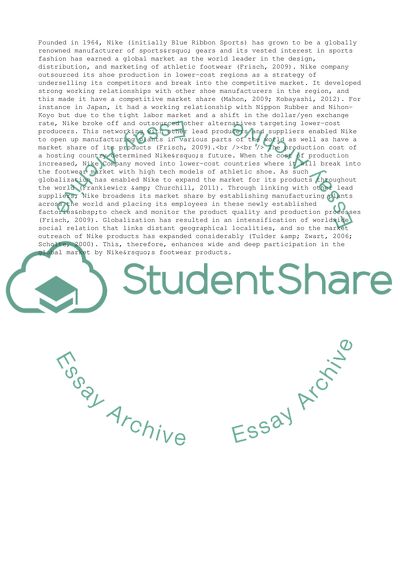Cite this document
(“International marketing communication Assignment”, n.d.)
International marketing communication Assignment. Retrieved from https://studentshare.org/business/1679475-international-marketing-communication
International marketing communication Assignment. Retrieved from https://studentshare.org/business/1679475-international-marketing-communication
(International Marketing Communication Assignment)
International Marketing Communication Assignment. https://studentshare.org/business/1679475-international-marketing-communication.
International Marketing Communication Assignment. https://studentshare.org/business/1679475-international-marketing-communication.
“International Marketing Communication Assignment”, n.d. https://studentshare.org/business/1679475-international-marketing-communication.


